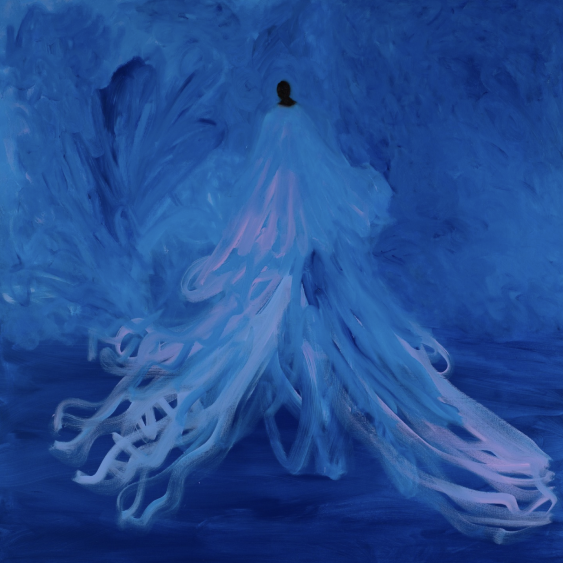ReView:
“The resistance to settle”
with Serge Alain Nitegeka
Share
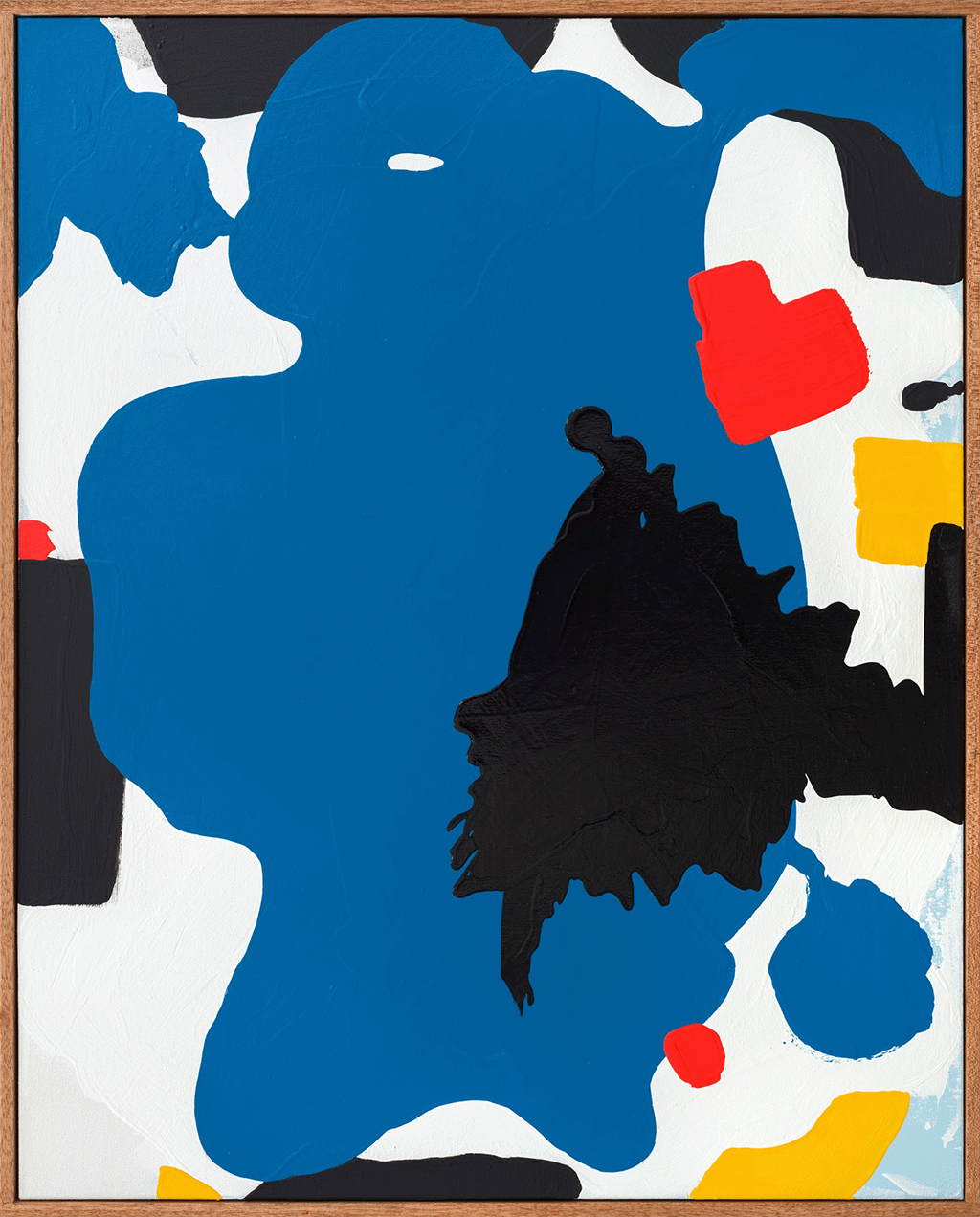

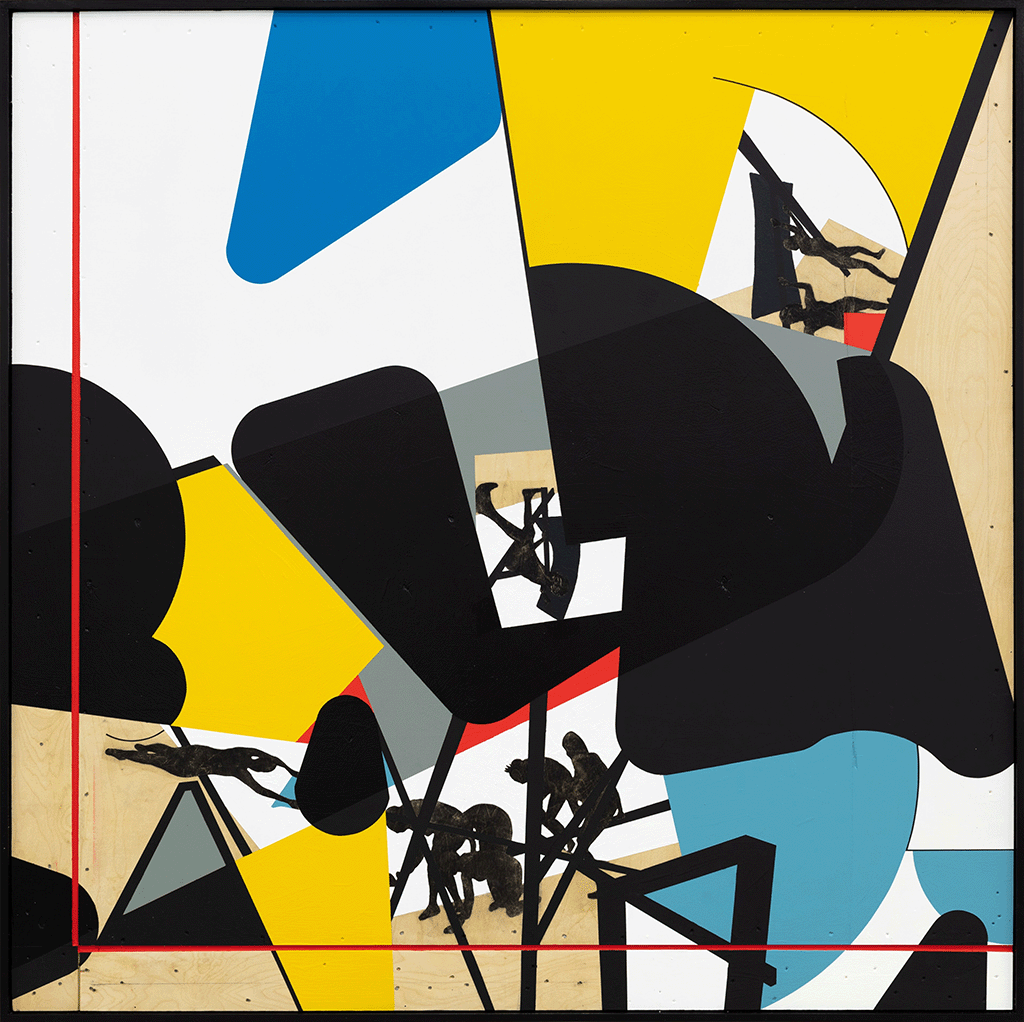
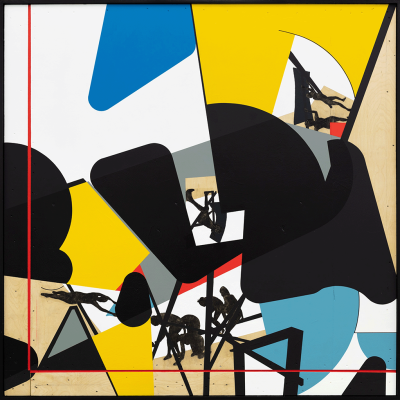
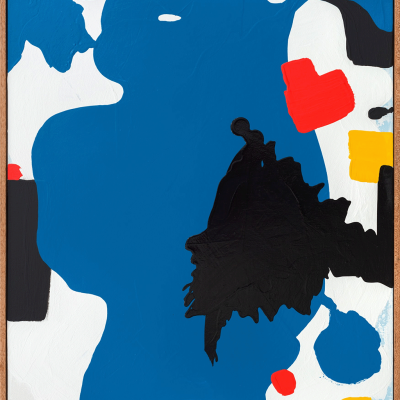
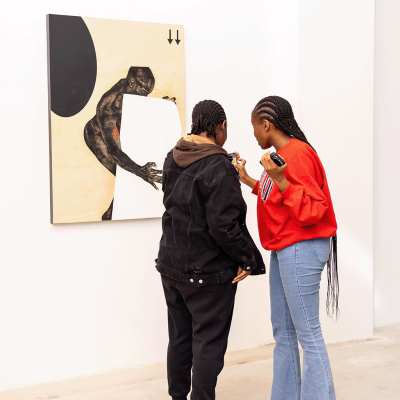
Serge Alain Nitegeka is a multidisciplinary artist based in Johannesburg. Living in the city for what he says is now a 20 year period, Nitegeka has in the latter half (from 2012) had seven solo exhibitions at Stevenson Johannesburg, Cape Town and Amsterdam. His work is currently showing in the group exhibition, Afropolis, as a part of Open City’s feat for culture to take over the city. In this week’s Re:View, Nitegeka talks through the relationship between Johannesburg and his practice.
Drawing on themes from Cameroonian historian and political theorist, Achille Mbembe, and South African Associate Professor of Literary and Cultural Studies Sarah Nuttall’s essays in the text Johannesburg: The Elusive Metropolis (2008), Afropolis interrogates life in Africa’s economic and cultural capital. Curated by Kim Kandan and Lesole Tauatswala, the Afropolis group show examines the dialogue created between the city and its artists. Artists in the group show include Nitegeka, Oratile Papi Konopi, Nonofatso Mothloki, Nombuso Dowelani, Khanyisile Mawhayi, Clive van den Berg, Michael Subotsky, Bulumko Mbete, Davey Leavitt, Tshepiso Seleke and Lerato Motaung.
Led by his early experiences as a refugee from Rwanda in South Africa, Nitegeka’s practice examines the ways identity, forced migration, displacement and spatial Apartheid manifest themselves in African metropolis. Minimalist and abstract, Nitegeka’s investigations exist as sculpture, painting, installation and self-portraiture.
The featured Nitegeka works are Identity is Fragile II (2021) and the sculpture Lost and Found I (2021). Comprising cardboard, canvas and wood, the sculpture Lost and Found I seems to give identity a physical body. Light in colour, and easy to taint, the object sits on a platform, vulnerable. Even though its exterior gives off a sturdy vibe, its malleable cardboard interior opens it up to the risk of crumbling.
Existing in conversation with each other, the self-portrait’s subject carries the object identical to the sculpture. On why he has the same conversations in different mediums, Nitegeka makes an assertion: “As far as I’m concerned, I don’t think you can get all the answers in one medium. You create more access points from which audiences can encounter the work. Some people will find it more accessible as a painting, others as a sculpture. The more mediums I use, the more I communicate. It also complicates work, which is good.”
It’s a cool Joburg morning when I meet Nitegeka at a studio he’s occupied for the last four years. Overlooking Johannesburg’s industria and suburbia, the studio sits at the feet of the highway, leading commuters in and out of Soweto.
After a twelve-year sabbatical from painting on canvas, Nitegeka’s 2022 solo at Stevenson Cape Town, Finding Black saw him revisit the material. “It is finding my way in the dark, in unfamiliar territory where there are no kinships. There is nothing familiar to grasp on to, to situate myself in. I had gotten so used to drawing or painting on hard surfaces that don’t give feedback. It has no agency. With canvas, there needed to be a let go from me, an engagement. But on a whole, most of the work that I do has a lot to do with exploring the uncomfortable. I keep myself in that sort of a state so that I stay in line with the autobiographical concept of constantly trying to make a home even though we are constantly reminded of the fact that we are not from here.”
Even in 2018 when Nitegeka received the Villa Extraordinary Award for Sculpture, enabling the artist to produce his ambitious installation for Re/discovery and Memory, he relinquished offers to wear a harness while installing it. He sighs, presenting his reasoning, “Conceptually the danger it posed was a part of the process. Even though you can’t see it in the work, the process makes the work. It’s very important. How you arrive matters even though the viewer may not be able to see it.”
With a practice centering embodiment, his interventions also ask for active engagement from the audience. Showing work in galleries where space and access can be limited, Nitegeka remembers there once being talk around his installation, the body and the exclusionary perspective his work had the potential of being read from. Known to present obstacles that promote public participation, Nitegeka believes curatorial affectation, when presenting ideas around forced migration, is “more potent when people aren’t just observing. When the viewer is in the space, interacting, negotiating and forced to move on a particular way, it becomes a dialogue they are complicit in.”
On whether the resistance to settle in a process is deliberate, Nitegeka says after decades of learning to find solace in uncertainty, the urge is engrained. “Nothing is permanent. It’s all ephemeral, like finding solace in Johannesburg,” he laughs.
Although the tension between Nitegeka and Johannesburg is apparent, the city is a significant contributor informing his practice. “You look around Johannesburg and there is no one from here. Even people who are so-called citizens are not from Johannesburg. Everyone is trying to find themselves. That searching fits into my practice so I am very committed to the city. In fact when I’m not here, I don’t feel as connected to the practice.”
Subscribe
Subscribe
For exclusive news, tickets and invites delivered every week
